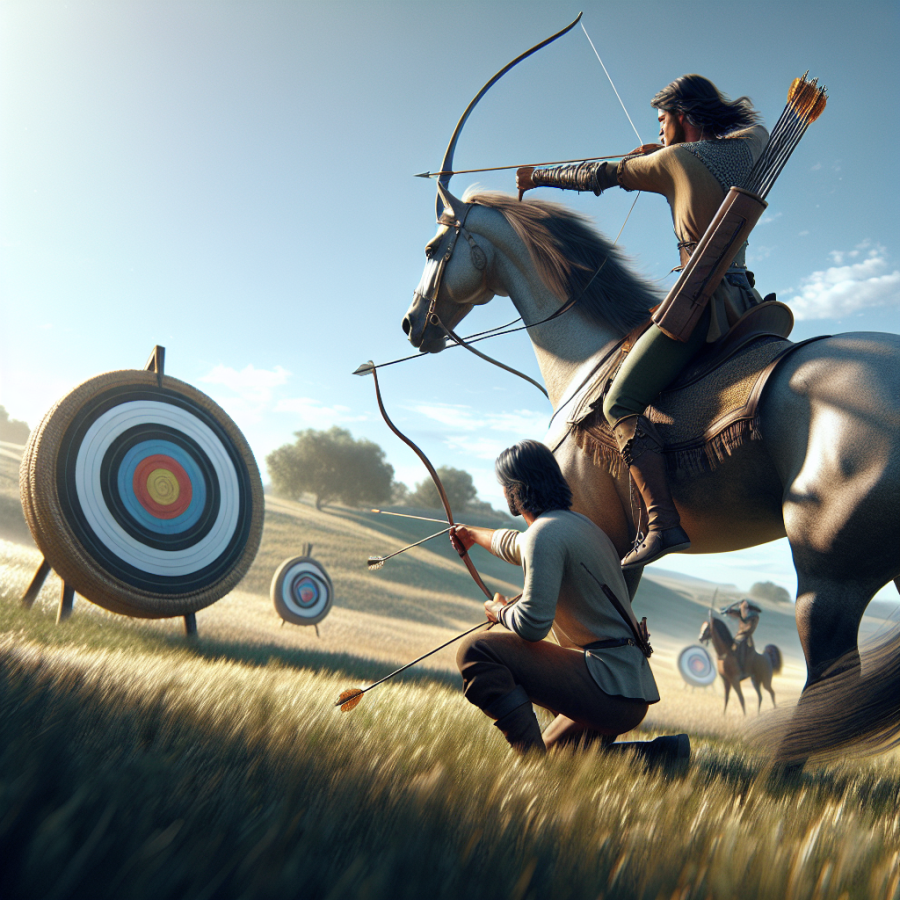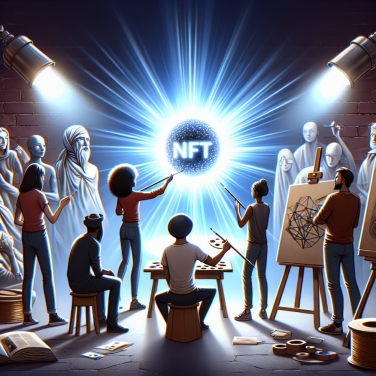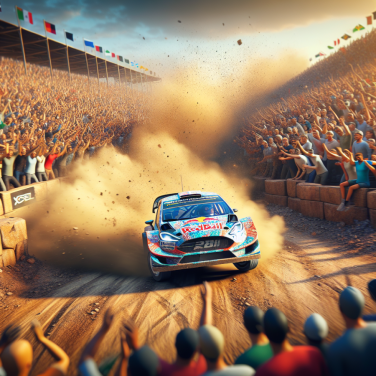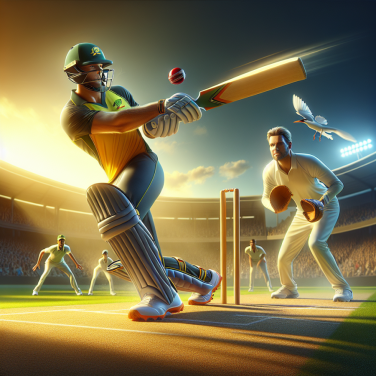Rediscovering the Skill of Horseback Bowmanship
Rediscovering the skill of horseback bowmanship involves a deep dive into both history and practical application. This ancient martial discipline, once a key element of warfare and hunting across various cultures, is experiencing a resurgence as enthusiasts seek to connect with traditional practices and cultivate new skills.
First and foremost, horseback bowmanship requires an understanding of archery basics, including stance, nocking, draw, aim, and release. However, when these skills are taken to horseback, the level of complexity increases significantly. A mounted archer must adapt to the movement and speed of the horse, which adds a dynamic element to shooting that is not present in stationary archery.
The process of mastering this art begins with selecting the right equipment. Traditional recurve or horse bows are preferred for their light weight and rapid shooting capabilities. These bows are designed to be shot from horseback, with a compact and curved structure that allows for easy maneuverability. Arrows are typically shorter than those used in modern archery, and quivers are designed for quick and secure access while in motion.
Next, the rider must become proficient in horsemanship. A key component of horseback bowmanship is the symbiotic relationship between rider and steed. The rider must be able to control the horse with their knees and weight distribution, freeing up their hands for drawing and shooting the bow. This level of horsemanship requires not only technical skill but also a bond of trust and communication with the horse.
Practicing horseback bowmanship often starts with ground training, where the archer practices shooting targets at varying distances and heights to simulate shooting from atop a horse. Once comfortable with the bow, the aspiring mounted archer progresses to shooting while mounted on a stationary horse, gradually integrating motion as their skills improve.
Mounted archery drills are varied, often consisting of shooting at targets placed around a course that the horse and rider navigate at a canter or gallop. This not only tests the archer's ability to shoot accurately while in motion but also the control they have over their mount.
Safety is paramount in horseback bowmanship, not only for the archer but also for the horse, spectators, and fellow competitors. Proper training and handling of the horse are essential, as is the use of appropriate safety gear, such as helmets and arm guards.
Read also:
Exclusive Artist-Driven NFT Collections Unveiled
The Modern Renaissance of Mounted Archery: Keeping an Ancient Practice Alive
The resurgence of mounted archery in the contemporary era is a testament to the enduring appeal of this ancient martial discipline. Once a critical skill for hunters and warriors across various cultures, mounted archery has evolved into a fascinating sport that combines the grace of horsemanship with the precision of archery. As enthusiasts seek to connect with historical practices, there's been a concerted effort to both preserve and adapt traditional techniques for the modern age.
Central to maintaining the authenticity of mounted archery is the adherence to historical equipment and training methods. Traditional bows, often recurve or composite types reflecting specific cultural origins, are favored over modern compound bows. These traditional bows demand a level of skill and mastery that can only be achieved through diligent practice, thereby honoring the legacy of the ancient archers.
The training of both horse and rider is crucial in this renaissance. Just as in centuries past, the horse must be acclimated to the sound of the bow and the swift movements of the rider. This creates a unique bond between the archer and their mount, one built on mutual trust and respect. Training often incorporates aspects of traditional horsemanship, tailored to the demands of navigating an archery course at speed. As riders aim to shoot at targets while galloping, they must develop a seamless coordination, balancing speed with accuracy, a skill that was as vital for survival in the past as it is impressive in today's exhibitions.
In an effort to make this practice more accessible to a broader audience, a number of communities and organizations around the world have emerged, dedicated to the art of mounted archery. They offer workshops, demonstrations, and competitions that draw on various historical traditions, emphasizing the sport's diverse cultural heritage. Enthusiasts join to share techniques, equipment, and experiences, fostering a multinational network dedicated to the growth and appreciation of this storied activity.
Competitive mounted archery has gained significant momentum as part of the modern revival, with international competitions that test the skill and agility of both horse and archer. These events often involve complex courses with a variety of target types and distances, requiring a high degree of versatility and proficiency from competitors. They also serve as a platform to showcase the varying styles of mounted archery that have developed independently across different cultures, from the Hungarian style, which emphasizes speed and power, to the more rhythmic and fluid Korean technique.




